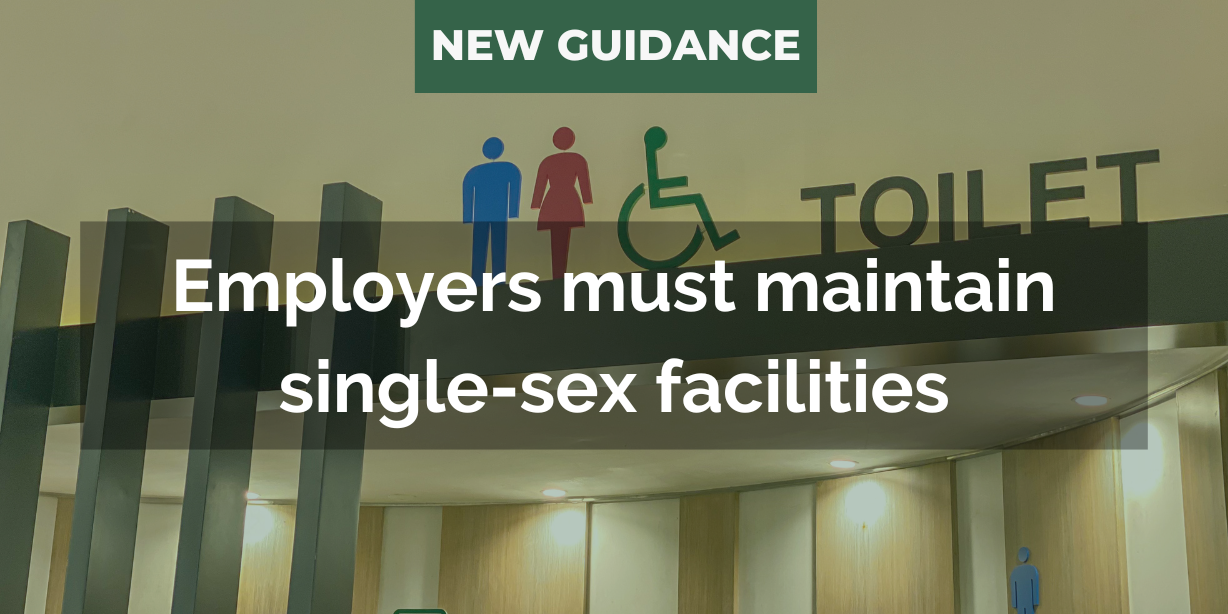The recent Supreme Court decision in For Women Scotland v The Scottish Ministers has prompted the Equality and Human Rights Commission (EHRC) to issue an interim update addressing the implications of this ruling. This update specifically addresses how the judgment affects workplace facilities and access requirements.
The EHRC guidance emphasises that employers must maintain truly single-sex facilities in workplaces, including toilets, changing rooms, and washing facilities where needed. The central point appears to be that permitting trans women (individuals who were assigned male at birth but identify as women) to use women’s facilities, or trans men (individuals who were assigned female at birth but identify as men) to use men’s facilities, would compromise the single-sex nature of these spaces.
This guidance represents a significant clarification on how the EHRC interprets sex-based rights in workplace environments following the court ruling. The position appears to prioritise biological sex as the determining factor for access to these facilities, rather than gender identity.
The interim guidance is short but specifies that:
- trans women (biological men) should not be permitted to use the women’s facilities and trans men (biological women) should not be permitted to use the men’s facilities, as this will mean that they are no longer single-sex facilities and must be open to all users of the opposite sex
- in some circumstances the law also allows trans women (biological men) not to be permitted to use the men’s facilities, and trans men (biological woman) not to be permitted to use the women’s facilities
- however where facilities are available to both men and women, trans people should not be put in a position where there are no facilities for them to use
- where possible, mixed-sex toilet, washing or changing facilities in addition to sufficient single-sex facilities should be provided
- where toilet, washing or changing facilities are in lockable rooms (not cubicles) which are intended for the use of one person at a time, they can be used by either women or men
Have a questions about the new ruling? Call us on 01270 781 006 or send us an email.




